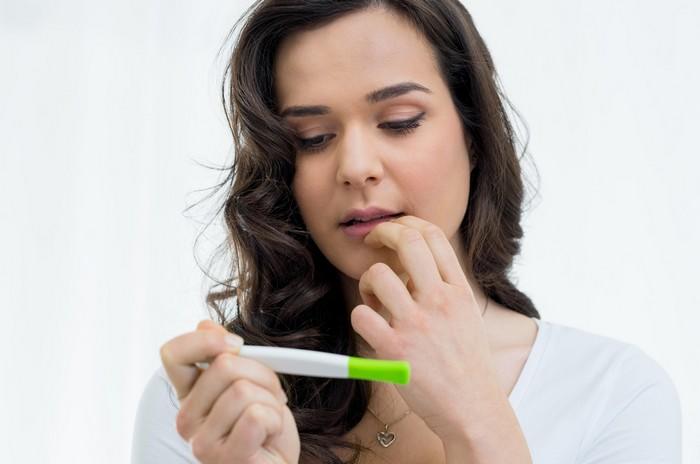A charity has welcomed a boost in research efforts focused on endometriosis, highlighting that the historical lack of data on the condition has hindered investment and support for those suffering from it.
This comes in light of a report from the Women and Equalities Committee, which revealed that women in the UK experiencing painful reproductive health conditions like endometriosis often face long waiting times—sometimes stretching for years—before receiving a diagnosis or treatment. The Office for National Statistics (ONS) reported that 262,065 women in England were diagnosed with endometriosis by the NHS between March 2011 and December 2021. In Wakefield alone, 1,980 women were diagnosed with the chronic condition, translating to a rate of 1,273 diagnoses per 100,000 women in the area.
Endometriosis, a condition where tissue similar to the lining of the womb grows outside of it, can have far-reaching consequences on an individual’s physical, psychological, social, and economic well-being. Symptoms often include severe abdominal and pelvic pain, extreme fatigue, anxiety, and infertility.
While the ONS estimates that approximately 2% of reproductive-age women in England suffer from endometriosis, this figure is believed to be an underrepresentation, as many cases go undiagnosed. Endometriosis UK, alongside other charities, suggests the actual figure could be closer to 10%.
Emma Cox, CEO of Endometriosis UK, expressed support for the increased focus on research and a deeper understanding of the condition. She noted that the lack of substantial data and research into endometriosis had, in the past, made it easier for the condition to be overlooked or underestimated in its seriousness.
“Without strong evidence, decision-makers in healthcare and other sectors have often failed to recognize the true scale of the issue, leaving investments in support for those affected lacking,” Cox explained. However, recent research findings are painting a clearer picture of endometriosis, one that will be impossible to ignore. The charity is poised to call for increased investment in early diagnosis, better access to treatment, and improved support systems for those living with the condition.
In the Yorkshire and Humber region, the diagnosis rate for endometriosis was reported at 976 per 100,000 women between 2011 and 2021. The average age of diagnosis was 35 years, highlighting the chronic and often long-term nature of the condition.
Interestingly, the report also indicated a disparity in diagnosis rates based on geographic and socio-economic factors. Women living in wealthier areas were found to have lower diagnosis rates, possibly due to greater access to private healthcare. Conversely, women who self-reported as being in poor health or disabled were more likely to receive an endometriosis diagnosis than those in better health.
An NHS England spokesperson acknowledged the challenges and stated: “The NHS is committed to supporting women affected by endometriosis. While improvements have been made, there is still much more work to do. We have enhanced the information available to women on menstrual pain to help them recognize when they need further assistance. Additionally, we are working to support local areas in developing Women’s Health Hubs, which will ensure early diagnosis and better management of conditions like endometriosis for improved outcomes.”
This growing awareness of endometriosis is seen as a step forward in addressing the condition’s impact on the lives of women and ensuring more timely diagnoses and better access to care.
Related topics:
Alka IVF Shree Kanak Hospital: A Leading Light in Fertility Care Across India

























